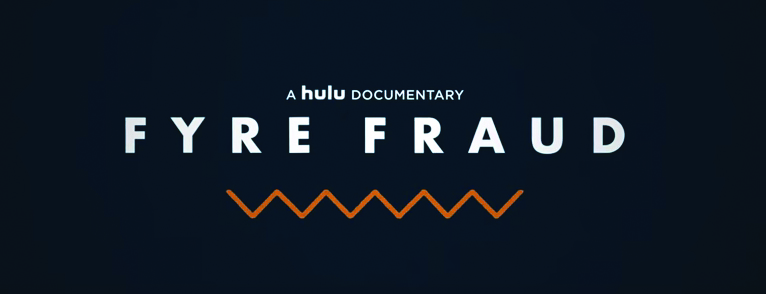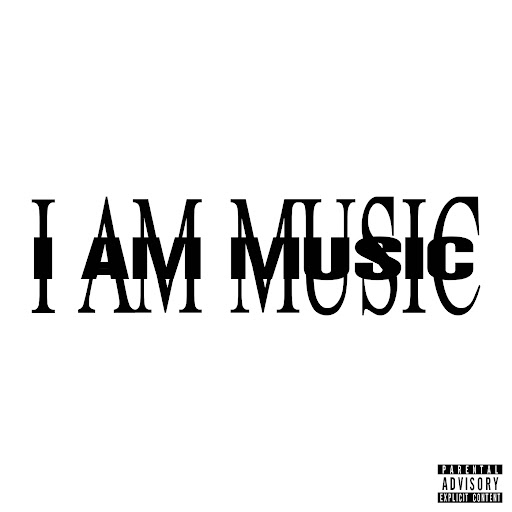Netflix and Hulu both released their own documentaries on what really happened at the Fyre Festival on the island of Great Exuma in April of 2017.
From a viral picture on Twitter of cheese and bread sandwiches to numerous Instagram posts of the tragic campsite with tiny white tents on gravel, it is safe to say Fyre Festival was a disaster — but why?
The Netflix documentary highlighted co-founders Billy McFarland, a young entrepreneur, and rapper Ja Rule, who joined forces to create Fyre, an app that allowed people to book celebrities for certain events. It was semi-successful, but McFarland and Ja Rule wanted something bigger to get their names and company out there. They did, but not in the way they planned.
The two set up a music festival, set to be bigger than any festival ever imagined. McFarland and Ja Rule were hoping to put Coachella to shame with exotic promotion.
Netflix’s “Fyre” mainly highlights the preparation, or lack of preparation for the festival including canceled performers and a lack of necessities. Netflix’s documentary had several crew members, native islanders and festival goers speak about the hectic experience in the documentary.
While this is similar to Hulu’s own documentary, the difference between the two was that Hulu gives a more extensive background on McFarland, his previous start up companies and even features McFarland himself talking about the festival. The documentary portrays him as an entrepreneur and businessman who is good at making connections, deals and covering up fraudulent acts with more fraud.
McFarland started a company before Fyre called Magnesis, which was an exclusive black credit card for NYC’s elite millennials. Magnesis would have promotional offerings that were impossible to obtain, such as Met Gala tickets, which are so exclusive that tickets can only be approved by Anna Wintour (the editor-in-chief of Vogue), herself.
McFarland, to pay for these exquisite events, would borrow money from investors, and return the favor to them by offering other exquisite events paid for by other investors. Essentially, no one involved in any of McFarland’s plans knew where the money he received was going.
Both documentaries highlight the essentials of the catastrophic festival with scenes of stranded festival goers in the middle of an island of gravel with no food, water, internet or electricity.
In terms of which documentary to go to first, I suggest Netflix’s “Fyre” to submerge yourself in the Fyre Festival chaos, from start to finish.








